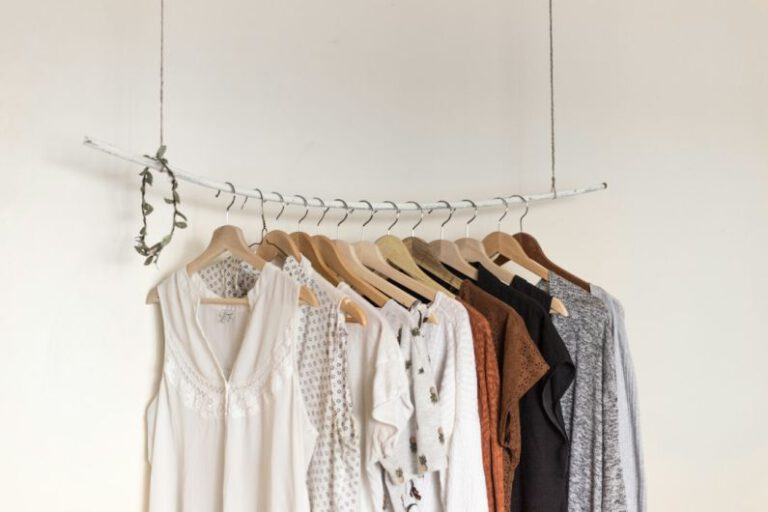Seasonal Rotation of Clothes in a Small Wardrobe
As the seasons change, so do our wardrobes. For those with limited closet space, managing the rotation of clothes can be a challenge. However, with some organization and planning, it is possible to make the most out of a small wardrobe and ensure that you have the appropriate clothing for each season. In this article, we will explore some tips and strategies for seasonal rotation of clothes in a small wardrobe.
Creating a Capsule Wardrobe
One effective way to manage a small wardrobe is by creating a capsule wardrobe. A capsule wardrobe is a curated collection of essential clothing items that can be mixed and matched to create a variety of outfits. By carefully selecting versatile pieces that can be worn across seasons, you can minimize the amount of clothing you need to store and rotate.
Dividing Clothes by Season
To effectively rotate your clothes, it is important to divide them by season. Start by categorizing your clothing into four main sections: spring, summer, fall, and winter. This will help you identify which items are appropriate for each season and make it easier to locate them when the time comes to rotate.
Storing Out-of-Season Clothes
When it is time to transition to a new season, you will need to store your out-of-season clothes. Use vacuum-sealed bags or storage bins to maximize space and protect your clothes from dust and moisture. Label each bag or bin with the season and year to easily identify its contents.
Organizing Your Small Wardrobe
In a small wardrobe, organization is key. Utilize vertical space by adding shelves or hanging organizers to maximize storage. Invest in slim hangers to save space and keep your clothes wrinkle-free. Consider using storage solutions such as drawer dividers or collapsible bins to keep smaller items like accessories or socks organized.
Creating a Seasonal Checklist
To ensure that you have all the necessary clothing items for each season, create a seasonal checklist. This will help you identify any gaps in your wardrobe and make shopping for new items more focused. When the time comes to rotate your clothes, refer to your checklist to ensure that you have everything you need for the upcoming season.
Investing in Quality Basics
When working with a small wardrobe, it is important to invest in quality basics that can be worn year-round. Look for timeless pieces that are made from durable materials. These items will not only withstand the test of time but also serve as the foundation for your capsule wardrobe.
Mixing and Matching
One of the advantages of a small wardrobe is the opportunity to get creative with mixing and matching. Experiment with different combinations to create new outfits and extend the life of your clothing. Accessories such as scarves, belts, and jewelry can also be used to change the look and feel of an outfit.
Donating or Selling Unwanted Items
Regularly evaluate your wardrobe and let go of items that no longer serve you. Consider donating or selling clothes that are still in good condition but no longer align with your style or needs. This will not only free up space in your wardrobe but also benefit someone else.
In conclusion, managing the seasonal rotation of clothes in a small wardrobe requires organization and planning. By creating a capsule wardrobe, dividing clothes by season, and investing in quality basics, you can make the most out of your limited closet space. Use storage solutions and organization techniques to maximize space and keep your wardrobe tidy. Remember to regularly evaluate your wardrobe and let go of unwanted items. With these tips and strategies, you can successfully navigate the changing seasons and always have the appropriate clothing on hand.






